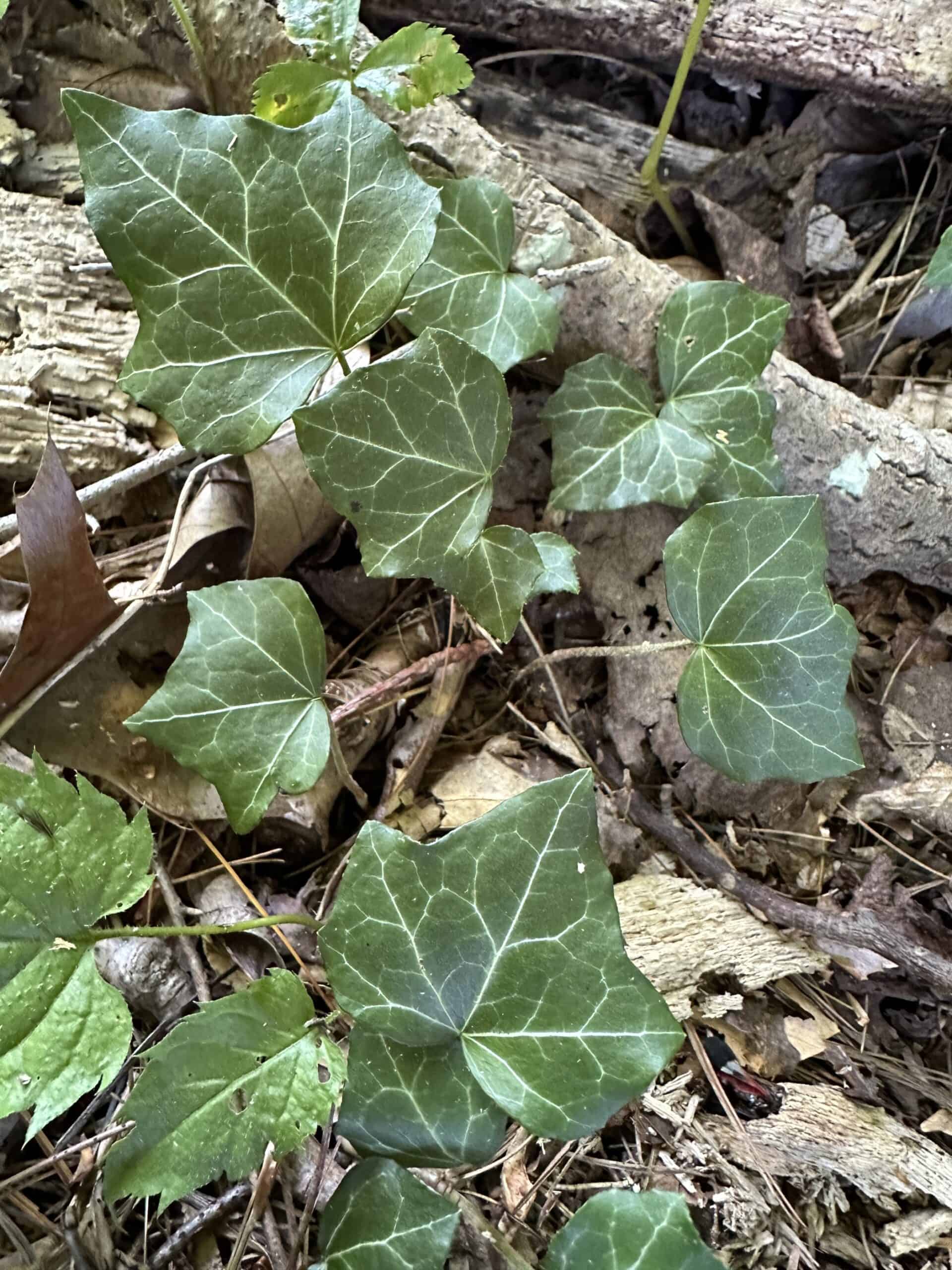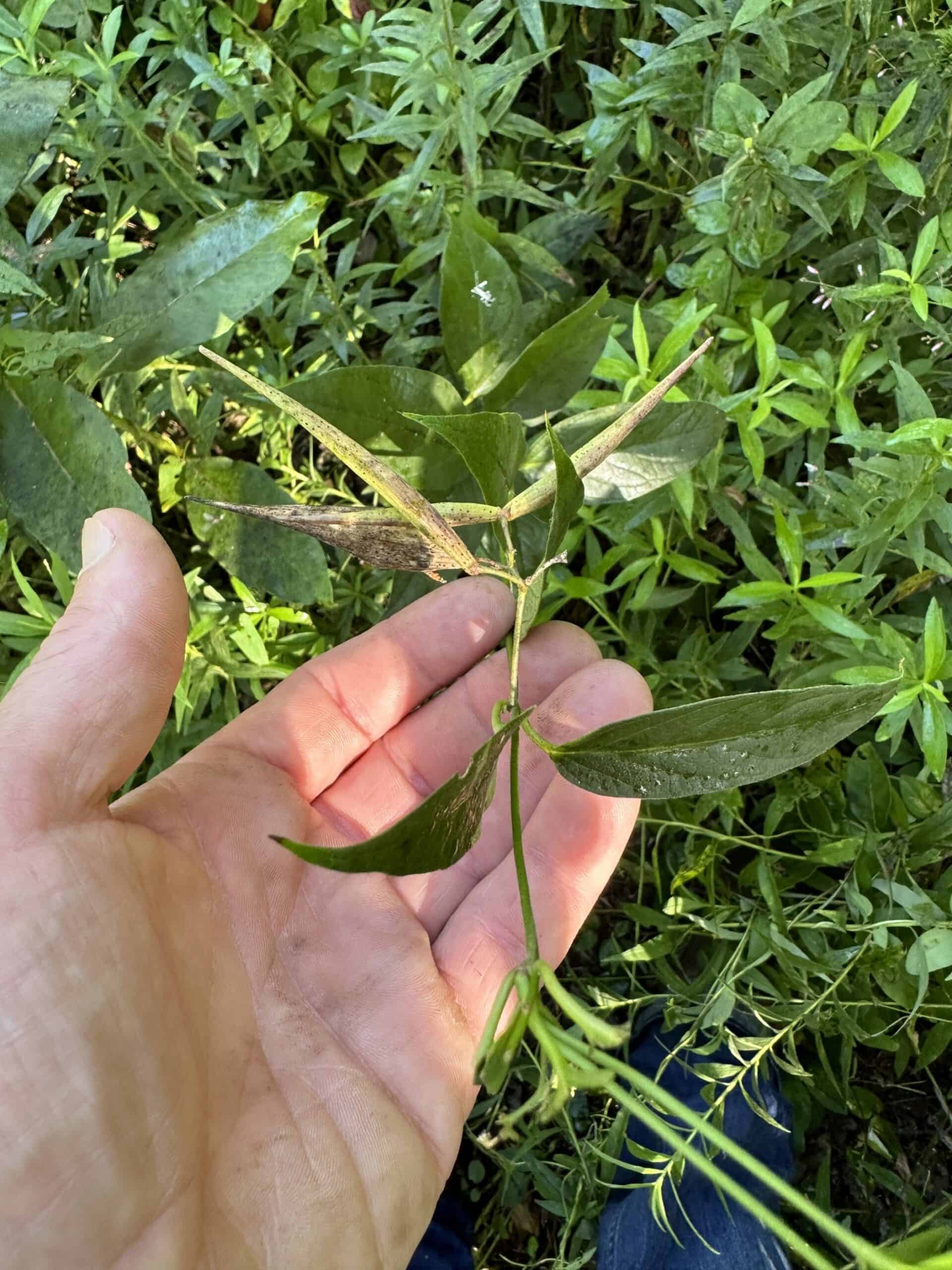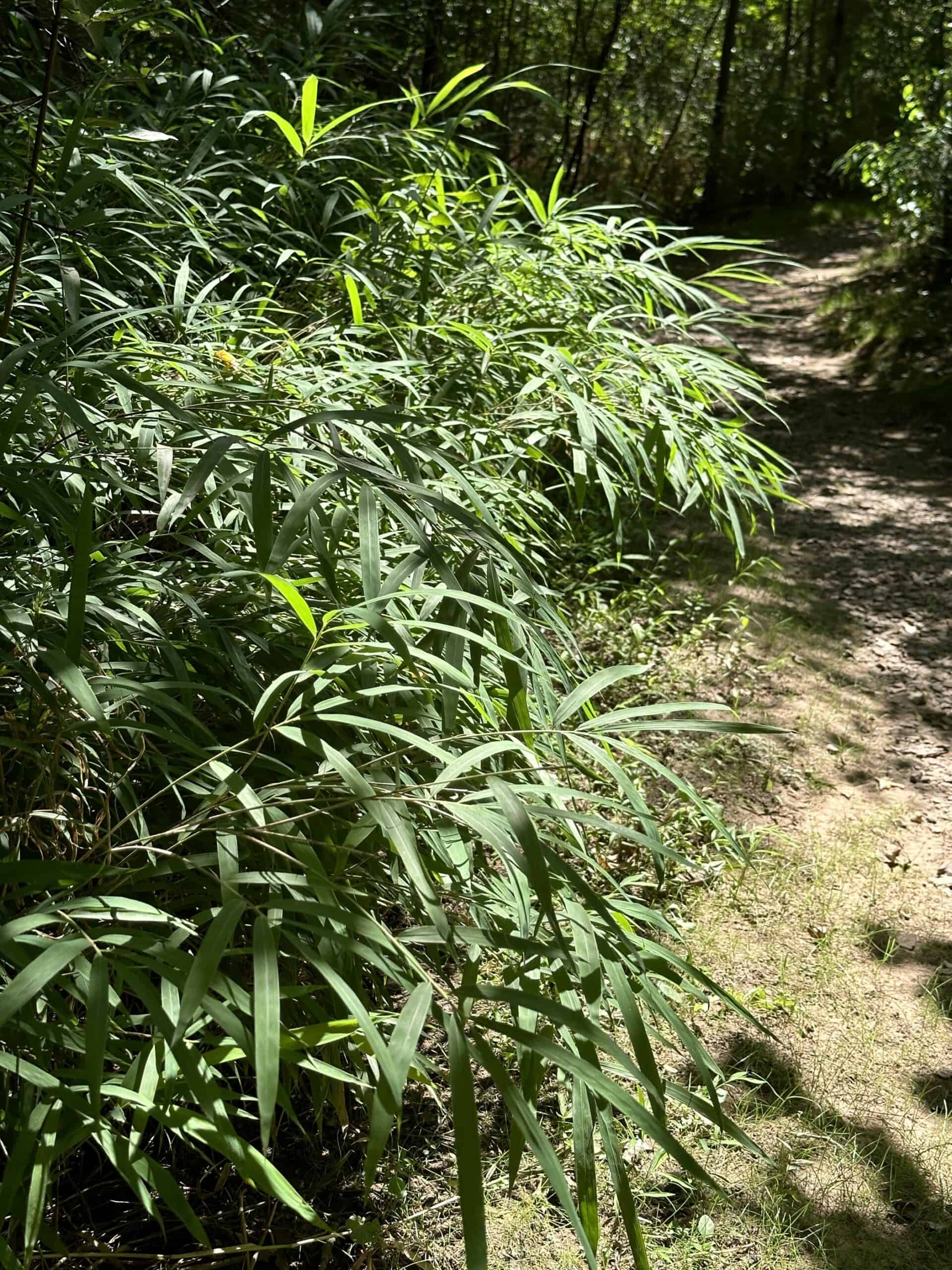Invasives Scavenger Hunt 2024
By Daniel Barringer, Preserve Manager.
For the month of August, iMapInvasives, a program of the Western Pennsylvania Conservancy, Pennsylvania Natural Heritage Program, and Nature Serve, sponsored a scavenger hunt for five invasive species. Participants were asked to report presence or absence data for these species as part of a community science data gathering effort.
You can read all about the effort, including detailed species profiles, at this interactive story map.
Invasive species are a concern because by their invasive behavior they can disrupt ecological community relationships, displace a diversity of species, or alter local ecology in ways that include fire regimes, geomorphology, evapotranspiration, or nutrient availability (but those are topics for another day). If you’ve read Doug Tallamy’s books, you know that non-native plants, including those that are invasive, support fewer species of insects which are the link in the food web between solar energy used by plants and…everything else, including us.
Here’s an account of my experience participating in the scavenger hunt at Crow’s Nest Preserve: First, both of the “absence” data sets were significant because both species have been observed here before, but were not observed during the month of August—the period of time for participation in the activity.
Hammerhead flat worms (you really need to look at that story map) include multiple species of invasive non-native planarians. We have seen them here before, specifically along the stone walkway that leads to our porch. You’re not going to confuse these with anything else. But we haven’t seen them in several years, and really only saw them in cooler weather when it was raining—so not this August.
Black jetbead (Rhodotypos scandens) we have observed in two different places at Crow’s Nest Preserve, separated by more than a mile. One was in a power line right of way on our boundary with Hopewell Furnace National Historic Site, and the other we found when we added the former Warwick Woods Campground to Crow’s Nest a few years ago. The first population I spent three years controlling, the second was gone after one year’s effort.
So I’m not including pictures of the latter two species here since I didn’t observe them this month. But they are both found in Pennsylvania and are worth tracking, which is one point of the scavenger hunt.
English ivy (Hedera helix) was another species on this year’s hunt. We have (at least) two populations, again separated by about a mile. One is found where it is creeping in from a neighbor’s yard into the Deep Woods and another in a highly invaded ravine that was part of farming operations many years ago (near the hog house foundations, for those really in the know). Our populations are not yet overwhelming; they have received some management, and I knew where to look for them. If you can identify an invasive species before it shows up everywhere, that’s to your advantage.

Photo: Daniel Barringer
Another species we have been actively managing is European swallowwort (Cynanchum rossicum). It doesn’t climb trees and outcompete them for light, but in Canada this is called the dog-swallowing vine, based on how densely it grows along the ground. We’ve been managing our population here for a couple decades and have kept it from spreading and kept it low-density, though we still have to keep up with it each year.
In May when it is flowering with small, burgundy flowers (a related species has nearly-black flowers) we go into the savanna and hand pull it. With a few of us it takes only a couple of hours. By August, I struggled to find just one plant with seed pods (pictured) to enter into the scavenger hunt. Next year there will be more again, but for now, its behavior has been contained. I first entered a record in iMapInvasives for this population in 2012, and I believe we have the only reported occurrence in Chester County—it is more common on limestone soils (which we don’t have) and so it is more invasive elsewhere.

Photo: Daniel Barringer
Finally, there is the matter of the bamboo growing along the Creek Trail. Bamboo (any species) was included in the scavenger hunt, and I believe this to be arrow bamboo (Pseudoasa japonica) though I’m not absolutely sure—but I included several photos to assist with ID. As far as I know this was planted some time in the middle of the last century to provide cover for game birds, long before this was a Natural Lands preserve. It has filled in over the years but not expanded beyond the footprint along the Creek Trail, but we continue to watch it. If I am correct about the identification this may be a first report of this species in our region.

Photo: Daniel Barringer
If you visit the iMapInvasives website you will find these most recent observations listed—though they remain conditional until confirmed by an outside expert.
Will I participate again? Yes—it was a lot of fun!
